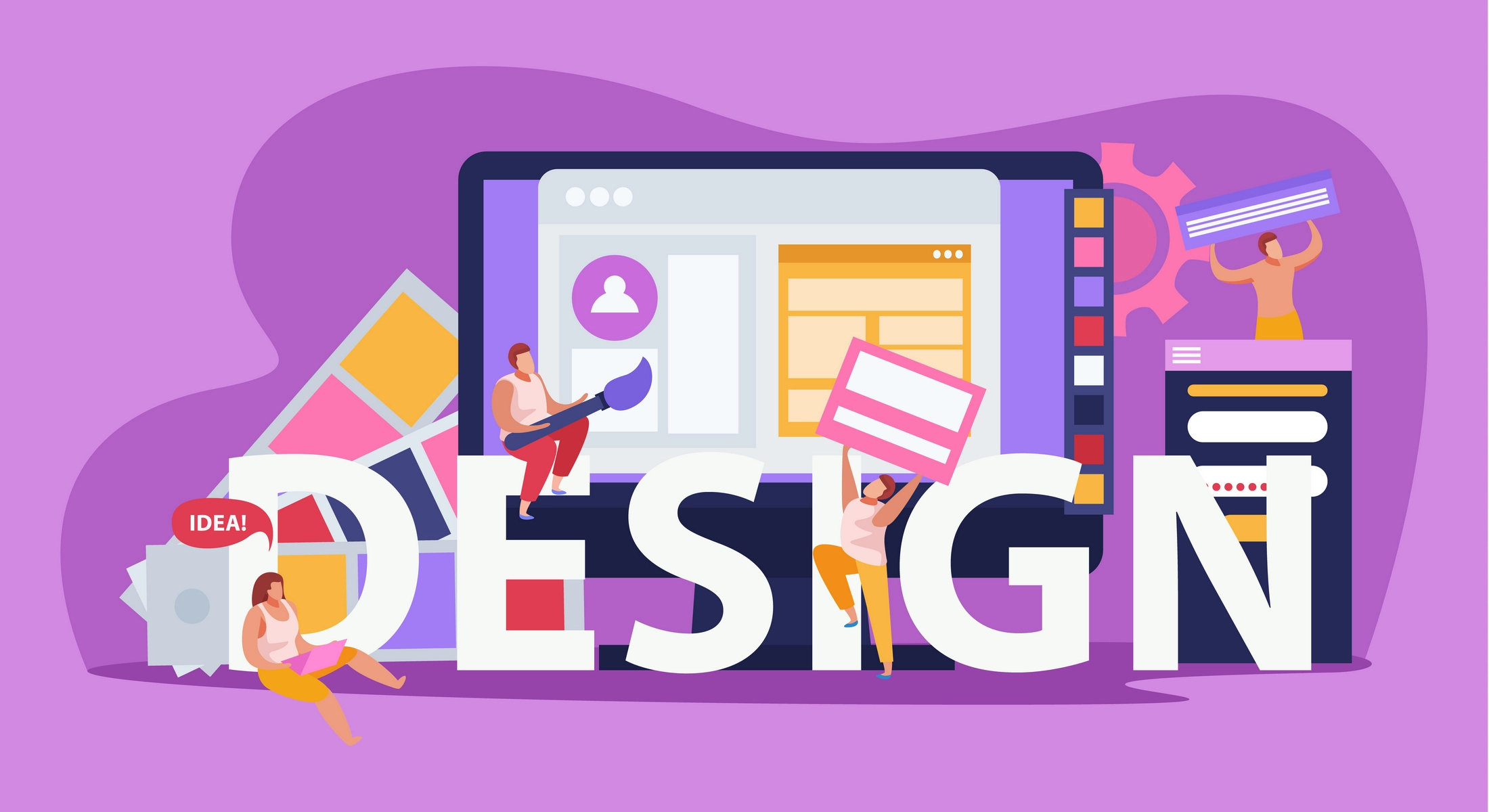Every day we see lots of graphic objects. Experienced designer knows the difference between diverse drawing tools. But if you are an absolute beginner, we want to remind you two types of graphics and the main differences between them. So, there is a little bit of illustrator tutorial for you. When computer saves graphic images the way each one was produced is very essential. Thus, vector graphic editors use simple objects to create items. It gives designers definite variety of advantages.
First of all, whatever you create, whether it is a slap banner or a billboard, T-shirt designs or seamless pattern for wallpaper, use vector editor to scale your images. Believe us, it will never lose in the quality as it stays high despite final image size.
Your picture could be highly detailed but is ready for use anywhere it is necessary as vector graphics use formula functions to save information about objects. In other words, simple shapes you see in vector editor are the mathematical equations modified into points and curves, or lines. This is the crucial difference between vector and raster graphics, which is made up of a fixed number of pixels, digital elements composing the entire image. Due to this peculiarity you cannot resize raster image without loss of quality. It is very important to remember that computer stores information on every single pixel, so if you need pixel-peepable image you have to create the picture of rather large size as it consists of a great number of pixels unlike vector item, which content does not influence the final size of the file.
Another advantage is adaptivity. Vector images are easily modified so change not only color or shape, use any format for your needs as customization is a piece of cake for vector graphics.
Vector design image might be completed but is still ready for edition. You can easily change or even take away any object, add your own elements and combine it with ones from other illustrations. In other words, this is still original file, where there are elements within separate levels, which allows to manipulate objects and tailor them. It requires some practice in using vector graphics editors though.
By the way, you can convert vector image to raster, but it’s impossible to turn raster image into vector one. Raster graphics is ideal for digital photographs as keeping better color depth. But regarding to other types of design we recommend you to try vector graphics as it is convenient, adaptive, easily scaled and converted to any needed format.
